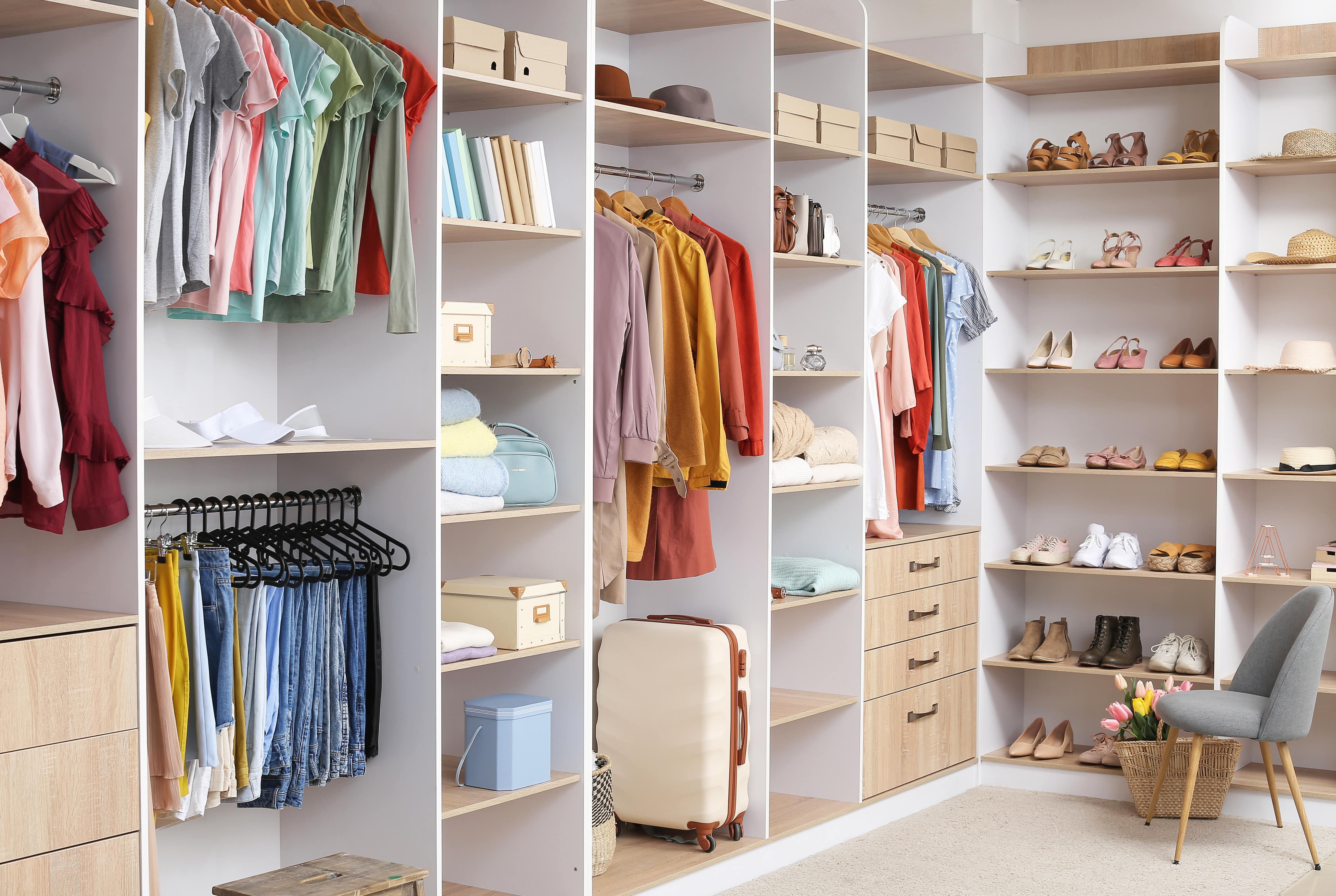
Discover the cost to hire a professional closet organizer, including average prices, cost factors, and tips to help you budget and maximize your investment.
Find the right washer and dryer closet size to fit your home


Washer and dryer closets can be as small as 3 feet wide by 3 feet deep.
Adding storage or folding space to a washer and dryer closet requires wider dimensions.
Closet dimensions are affected by appliance type and size, existing hookups, and what else you want the closet to include.
Many homes don’t have the necessary space for a full laundry room, and a laundry room addition isn’t always in the budget. Fortunately, a washer and dryer closet is a great way to provide a convenient designated space for laundry without being visually cluttered or in the way of your living space. Learn about common washer and dryer closet dimensions and how to choose the right size for all your laundry needs.
Washer and dryer closets need to be a minimum of 36 inches wide and 36 inches deep to accommodate a single modern appliance or two stacked appliances. Standard washer and dryer closet dimensions range from 36 by 36 inches to 120 by 48 inches, with 60 by 36 inches being the most common size to fit a side-by-side washer and dryer. Closet height will depend on ceiling height and typically ranges from 6 to 9 feet.
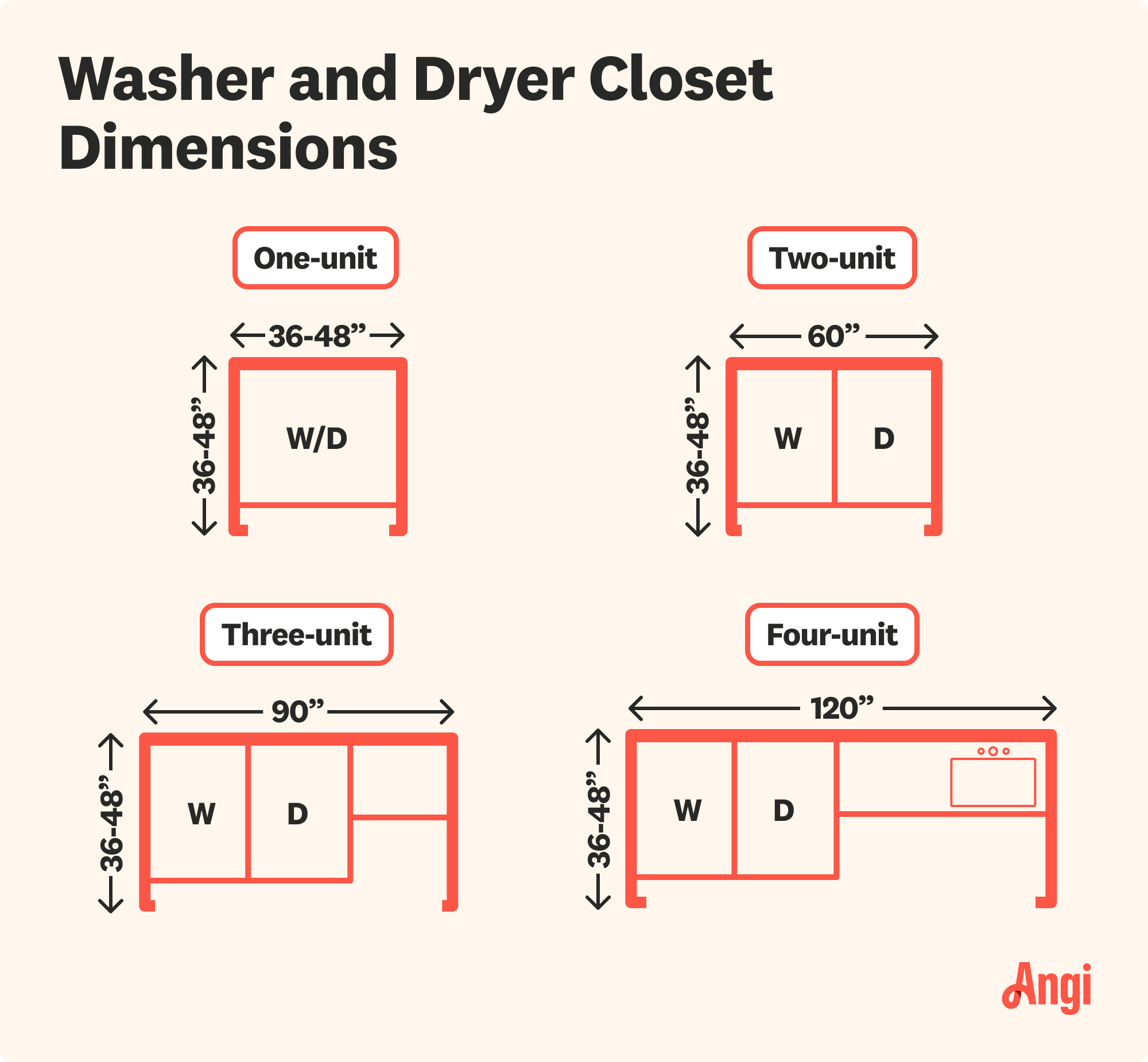
If you’re looking to convert a reach-in closet to a washer and dryer closet or build a new laundry closet, the type of closet you need will determine the necessary dimensions. Using the footprint of one appliance as one unit, you’ll first need to decide how many units your closet needs to accommodate.
| Type | Average Width (Inches) | Average Depth (Inches) |
|---|---|---|
| One-unit | 36–48 | 36-48 |
| Two-unit | 60 | 36-48 |
| Three-unit | 90 | 36-48 |
| Four-unit | 120 | 36-48 |
A one-unit laundry closet will fit one appliance or a stacked washer and dryer, without additional space for storage or folding. For most modern appliances, a one-unit closet will need to be at least 36 by 36 inches. A deeper closet of up to 48 inches deep may be necessary for appliances that need additional clearance in the back for intake or exhaust features.
Two-unit laundry closets are the most common washer and dryer closet type. These closets measure 60 inches wide by 36 to 48 inches deep and will fit two appliances next to each other with a small space in between.
If you want to add storage space to your washer and dryer closet, a three-unit closet adds additional space for closet organization. Three-unit laundry closets measure 90 inches wide by 36 to 48 inches deep and offer customizable storage space and a little more room to work.
With dimensions closer to those of a full laundry room, a four-unit washer and dryer closet provides useful storage space and space for a sink or folding table. Four-unit laundry closets measure 120 inches wide by 36 to 48 inches deep and are a spacious alternative to closets with a smaller footprint.
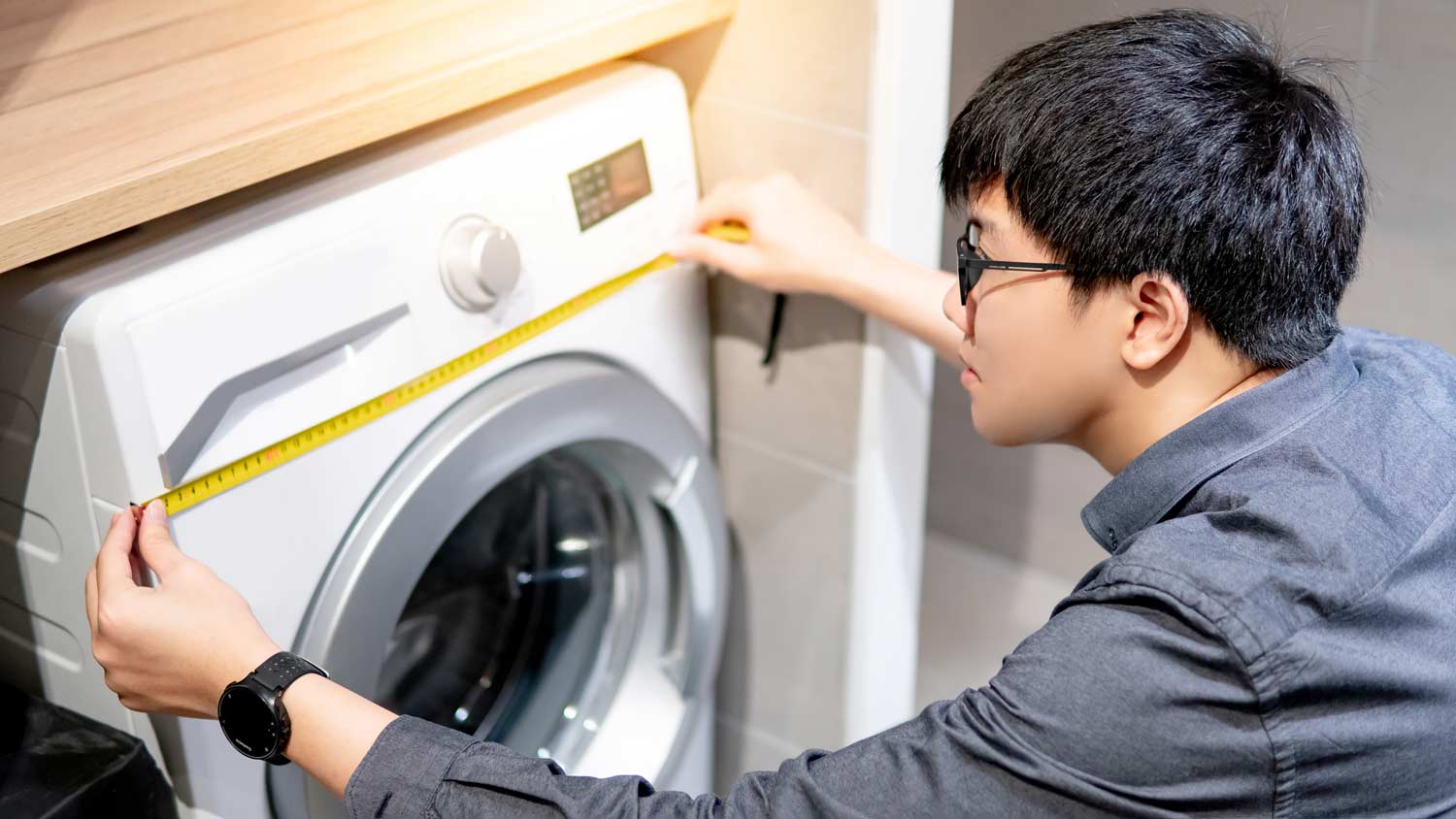
If you’re planning to build closet drawers, install wire closet shelves, or add any other type of storage solution to your washer and dryer closet, you’ll need to plan additional space to accommodate your storage. Depending on the layout of the space and the size of your appliances, you may be able to build up and add storage over them, or it may make more sense to use storage next to them.
Hiring a local closet maker can guarantee your washer and dryer closet is large enough for your needs and has enough room without feeling cramped. A closet pro can also install custom storage solutions so you can make the most of a small space.
Adding a small apartment laundry room or a laundry closet to your house can create a convenient and unobtrusive laundry solution. The size washer and dryer closet you’ll need depends on several factors, so consider the following when designing your closet.
The most important factor in determining laundry closet size is the size of your washer and dryer. Your closet needs to be wide and deep enough to accommodate the appliances and have any necessary clearance in the front or rear.
Washer and dryer closet space requirements can also depend on whether your appliances are front loaders, top loaders, or stackables. Door clearances, height requirements, and depth needs will all depend on the type of appliance.
If you’re planning to build closet drawers, install wire closet shelves, or add any other type of storage solution to your washer and dryer closet, you’ll need to plan additional space to accommodate your storage. Depending on the layout of the space and the size of your appliances, you may be able to build up and add storage over them, or it may make more sense to use storage next to them.
Whether you’re using existing appliance hookups or adding new ones can affect how much space you’ll need. If your hookups will only work with side-by-side appliances, a smaller closet for stackables may not work. If the hookups are spaced far apart, you may need to explore solutions with storage in between your washer and dryer rather than having them right next to each other.
The wrong size washer and dryer closet may mean your appliances won’t fit, which leaves you with two options: new appliances or a bigger closet. It’s important to double-check that there’s enough space for your appliances, as well as any other features you want to include, like storage space. Building a closet slightly larger than you need will give you flexibility in the future for larger appliances or more flexible space use, so it’s better to err on the side of too large rather than too small when it comes to a closet for your washer and dryer.
From average costs to expert advice, get all the answers you need to get your job done.

Discover the cost to hire a professional closet organizer, including average prices, cost factors, and tips to help you budget and maximize your investment.

Discover the average custom closet cost, including price ranges and key factors, to help you budget and plan your project with confidence.
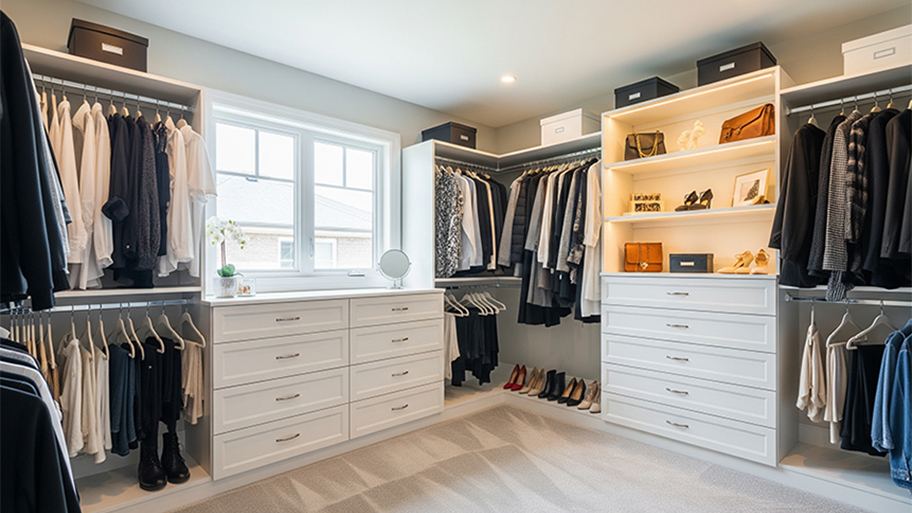
The cost of a closet remodel depends on the closet size, materials used, and the level of customization. Learn what else influences your closet remodel cost.
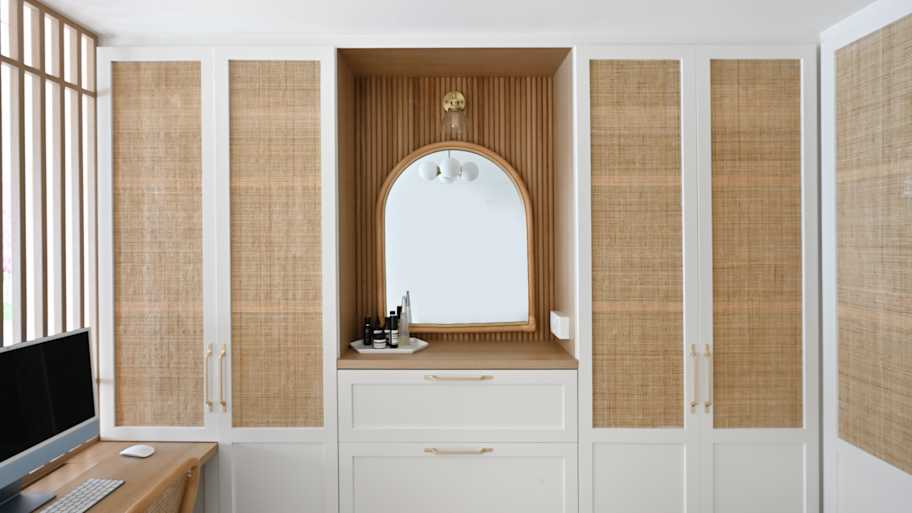
Designing a custom closet requires hiring a pro with experience performing this type of work. Learn what influences the total cost of your new design.
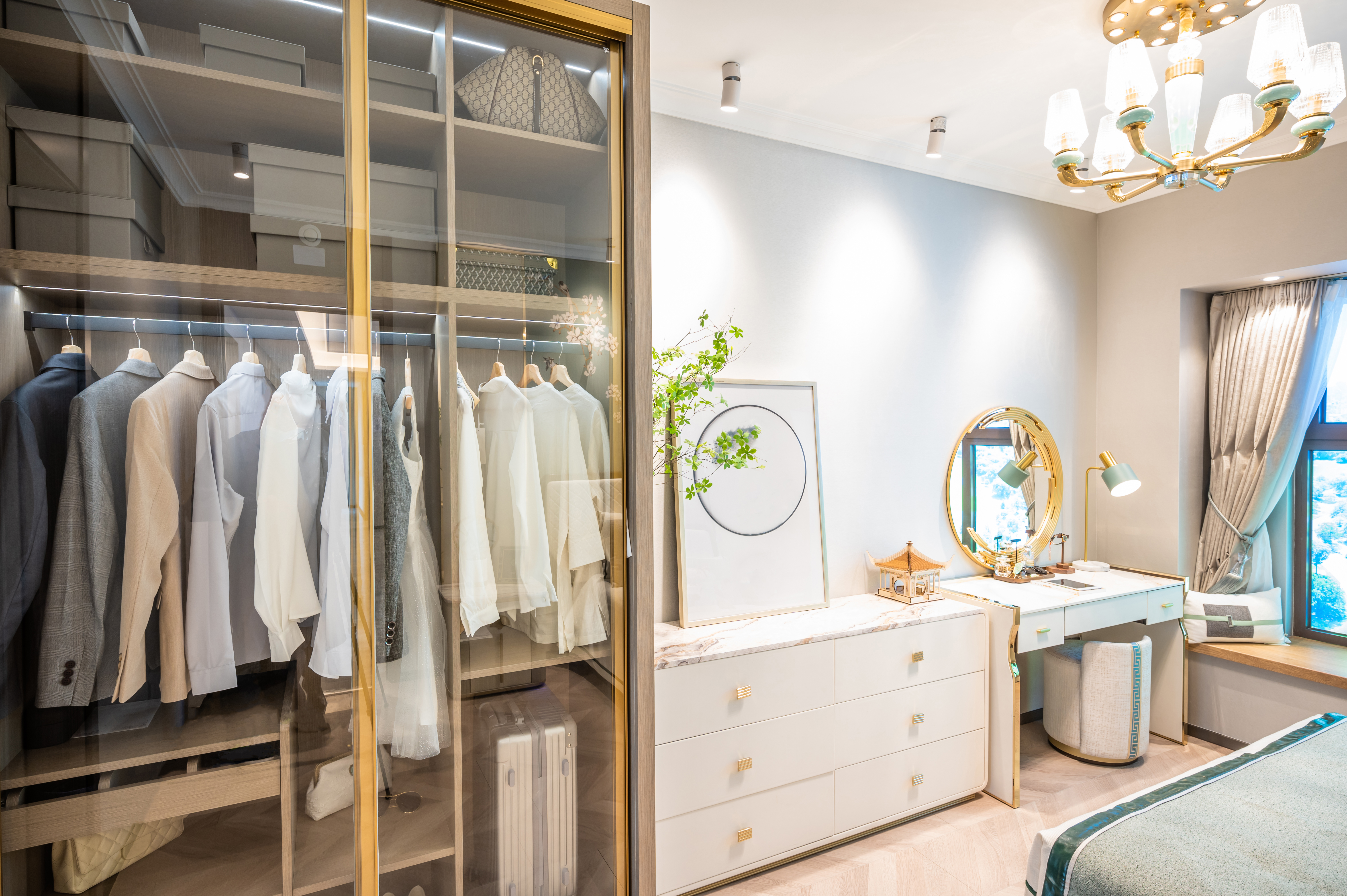
Reach-in closets tend to be of a similar size, but determining which one is right for your personal situation will come down to a few factors.

A built-in closet may not be as luxurious as a walk-in, but do built-in closets add value? Learn about the ROI of adding one to your home.